- Joined
- Oct 9, 2007
- Messages
- 47,533 (7.47/day)
- Location
- Hyderabad, India
| System Name | RBMK-1000 |
|---|---|
| Processor | AMD Ryzen 7 5700G |
| Motherboard | ASUS ROG Strix B450-E Gaming |
| Cooling | DeepCool Gammax L240 V2 |
| Memory | 2x 8GB G.Skill Sniper X |
| Video Card(s) | Palit GeForce RTX 2080 SUPER GameRock |
| Storage | Western Digital Black NVMe 512GB |
| Display(s) | BenQ 1440p 60 Hz 27-inch |
| Case | Corsair Carbide 100R |
| Audio Device(s) | ASUS SupremeFX S1220A |
| Power Supply | Cooler Master MWE Gold 650W |
| Mouse | ASUS ROG Strix Impact |
| Keyboard | Gamdias Hermes E2 |
| Software | Windows 11 Pro |
Here's a quick recap of AMD's updated product stack, spread between the R9 and R7 series. This article can help you understand the new nomenclature. AMD's lineup begins with the Radeon R7 250 and Radeon R7 260X. The two are based on the 28 nm "Curacao" silicon, which is a variation of the "Pitcairn" silicon the previous-generation Radeon HD 7870 was based on. The R7 250 is expected to be priced around US $89, with 1 GB of RAM, and performance rated at over 2,000 points by 3DMark Firestrike benchmark. The R7 260X, features double the memory at 2 GB, higher clock speeds, possibly more number crunching resources, Firestrike score of over 3,700 points, and a pricing that's around $139. This card should turn up the heat against the likes of GeForce GTX 650 Ti Boost.
Moving on, there's the $199 Radeon R9 270X. Based on a chip not much unlike "Tahiti LE," it features 2 GB of memory, and 3DMark Firestrike score of over 5,500 points. Then there's the Radeon R9 280X. This card, priced attractively at $299, is practically a rebrand of the Radeon HD 7970 GHz Edition with. It features 3 GB of RAM, and over 6,800 points on 3DMark Firestrike. Then there are the R9 290 and R9 290X. AMD flew dozens of scribes thousands of miles over to Hawaii, and left them without an official announcement on the specifications of the two. From what AMD told us, the two feature 4 GB of memory, over 5,000 TFLOP/s compute power, and over 300 GB/s memory bandwidth. The cards we mentioned are pictured in that order below.

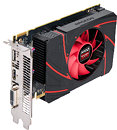
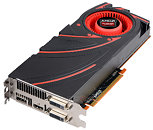

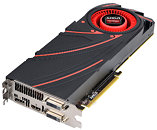
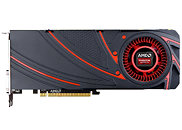
More pictures follow.
Radeon R7 250

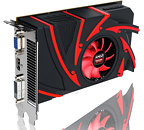
Radeon R7 260X


Radeon R9 270X


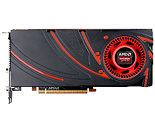
Radeon R9 280X

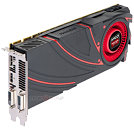

Radeon R9 290
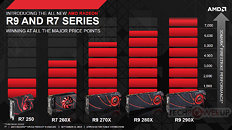


Radeon R9 290X


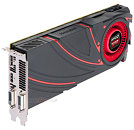
View at TechPowerUp Main Site
Moving on, there's the $199 Radeon R9 270X. Based on a chip not much unlike "Tahiti LE," it features 2 GB of memory, and 3DMark Firestrike score of over 5,500 points. Then there's the Radeon R9 280X. This card, priced attractively at $299, is practically a rebrand of the Radeon HD 7970 GHz Edition with. It features 3 GB of RAM, and over 6,800 points on 3DMark Firestrike. Then there are the R9 290 and R9 290X. AMD flew dozens of scribes thousands of miles over to Hawaii, and left them without an official announcement on the specifications of the two. From what AMD told us, the two feature 4 GB of memory, over 5,000 TFLOP/s compute power, and over 300 GB/s memory bandwidth. The cards we mentioned are pictured in that order below.






More pictures follow.
Radeon R7 250


Radeon R7 260X


Radeon R9 270X



Radeon R9 280X



Radeon R9 290



Radeon R9 290X



View at TechPowerUp Main Site
Last edited:











 .
.

